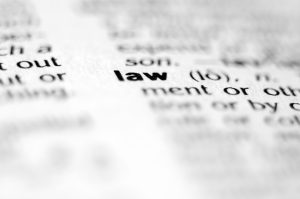
Personal Injury Law Firm 317-881-2700
Indiana Comparative Fault Rule
Indiana Code 34-51-2-6 states that, “the claimant is barred from recovery if the claimant’s contributory fault is greater than the fault of all persons whose fault proximately contributed to the claimant’s damages.” This means that if a victim is no more than 50% responsible for the accident and subsequent injuries, they can sue their opponent for compensation to cover medical expenses, hospital bills, lost wages, and more. But if they are at least 50% or more at-fault, they cannot collect compensation for damages from other parties. But they may be able to collect from their own insurance company. The Indiana comparative fault rule is intended to reduce the amount of damages in accordance to the amount of fault the victim contributed to an accident.
Common Scenarios

Indianapolis Slip and Fall Lawyers 317-881-2700
There are various circumstances that can place blame on a personal injury victim. In the case of slip and fall accidents, property owners can refute their share of blame with these common arguments:
➨ The dangerous condition should have been obvious.
➨ The dangerous condition was blocked off by signage, cones, and tape.
➨ The victim was in an unpermitted area, or area where visitors are not allowed.
➨ The victim was wearing inappropriate footwear (i.e. high heels, defective shoes, etc.)
In the case of motor vehicle and pedestrian accidents, these arguments could be made to place fault on a victim:
➨ The victim was using their cell phone while driving.
➨ The victim was using their cell phone while walking across a street.
➨ The victim was inebriated.
➨ The victim crossed the road illegally.
If It Happens to You
Contact a licensed personal injury lawyer if you were involved in an accident that caused you serious injuries. They have the knowledge, experience, and resources to protect your right to compensation. They will use every strategy possible to reduce your liability in an accident.
Indianapolis Personal Injury Attorneys

Personal Injury Attorneys 317-881-2700
